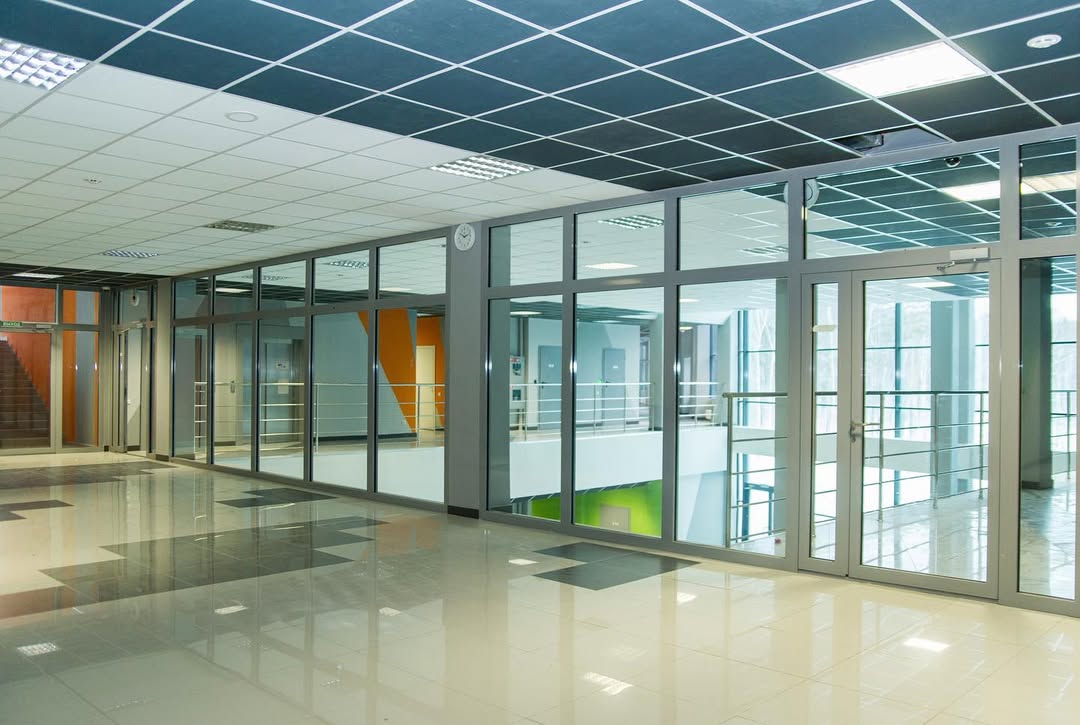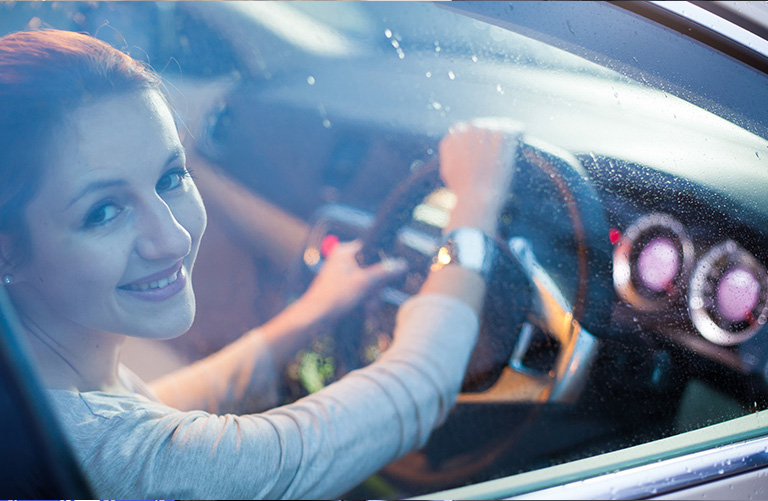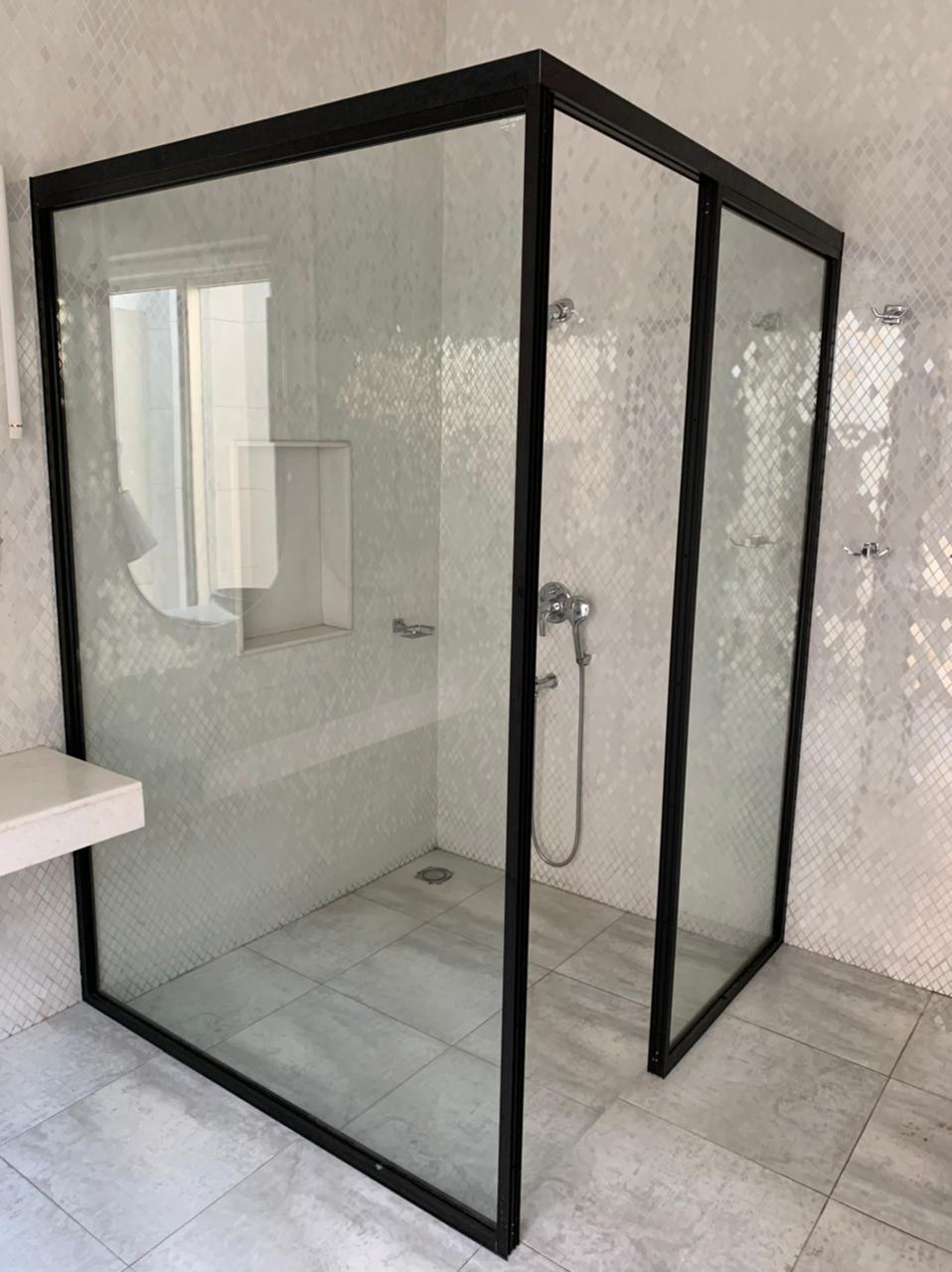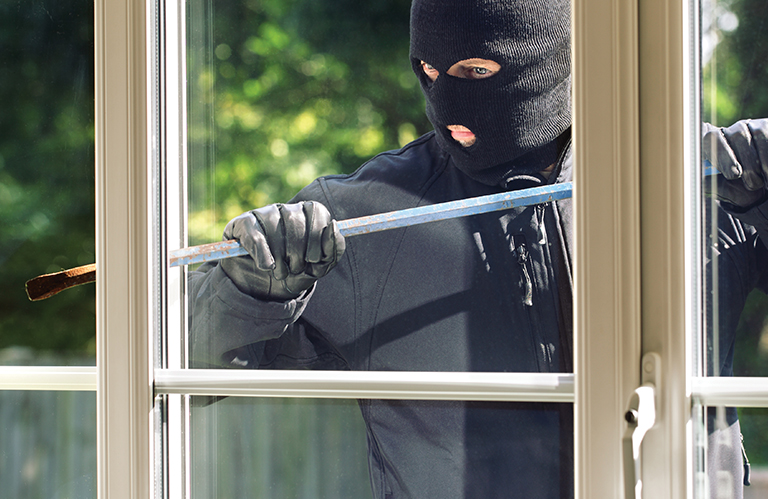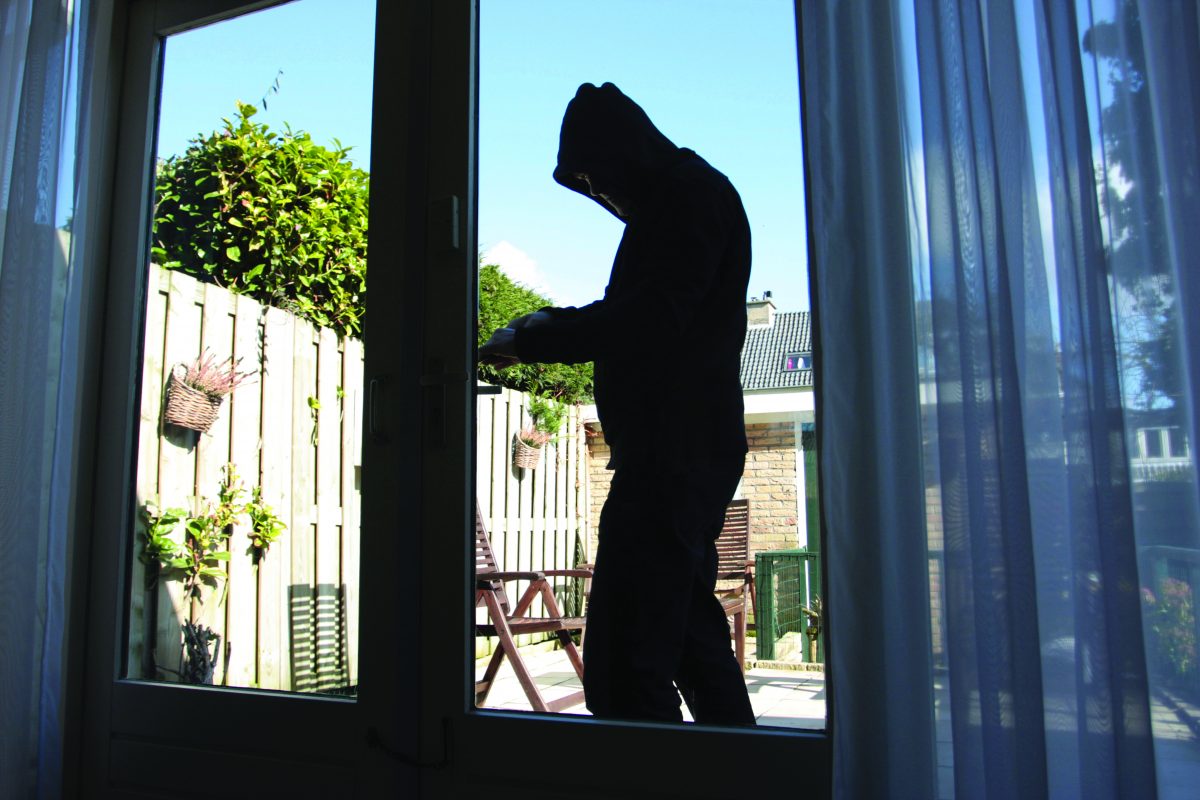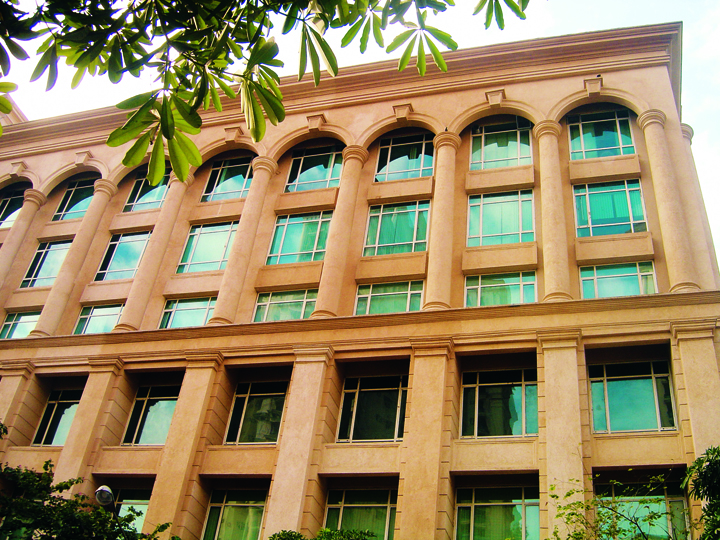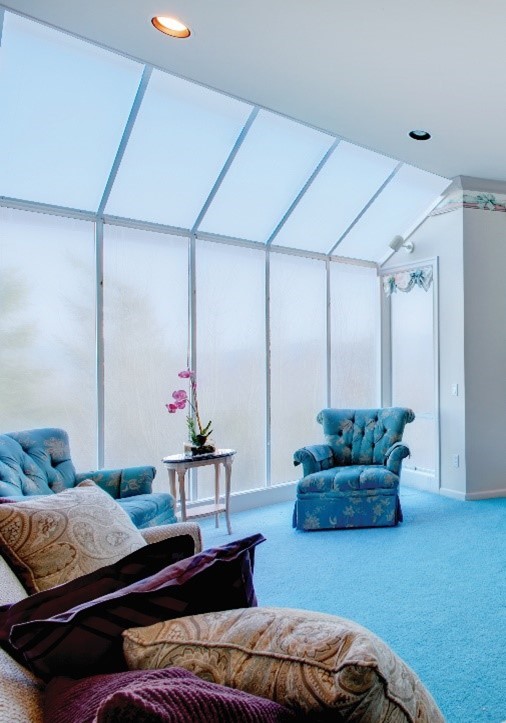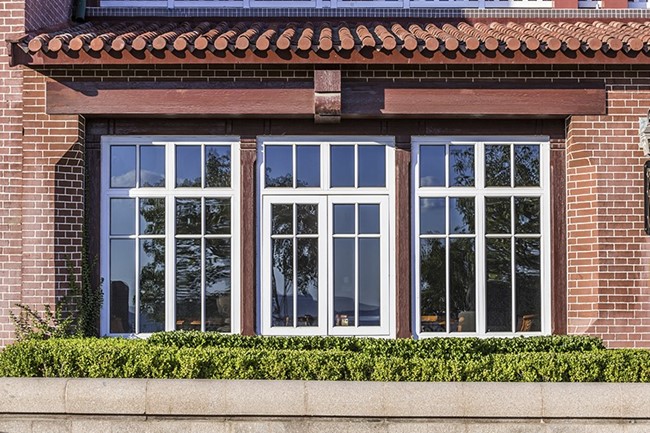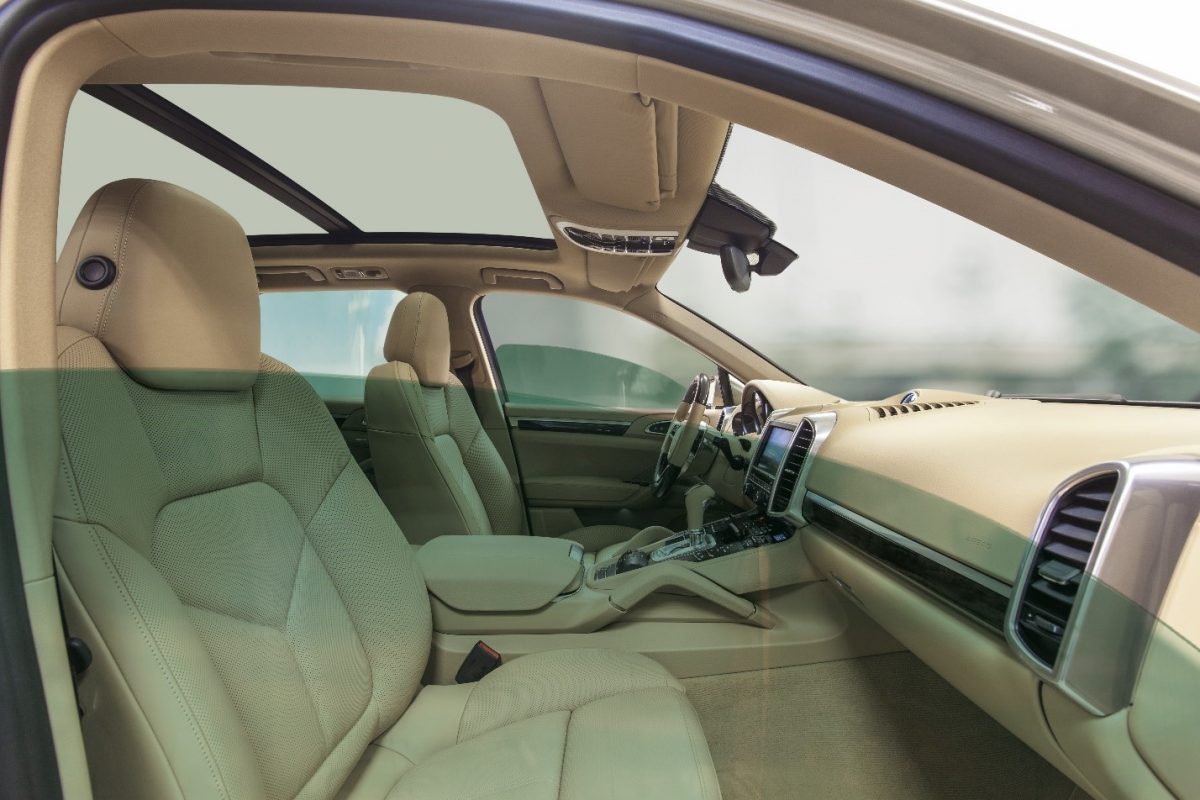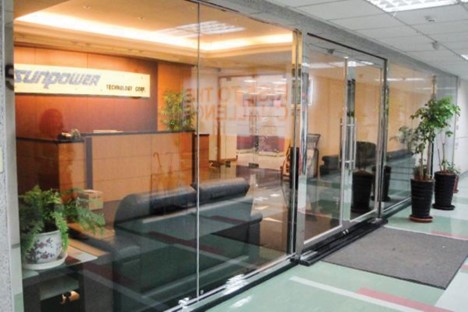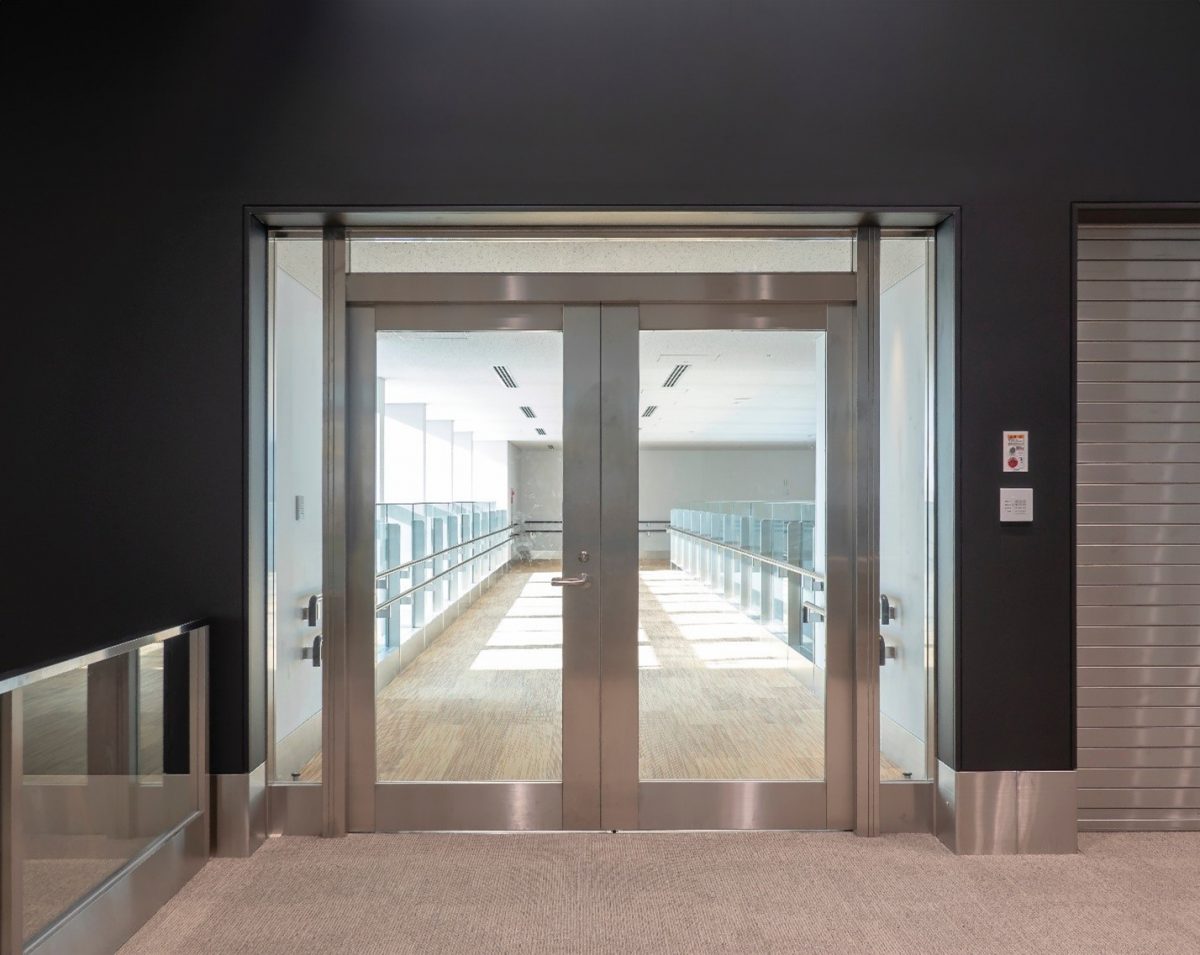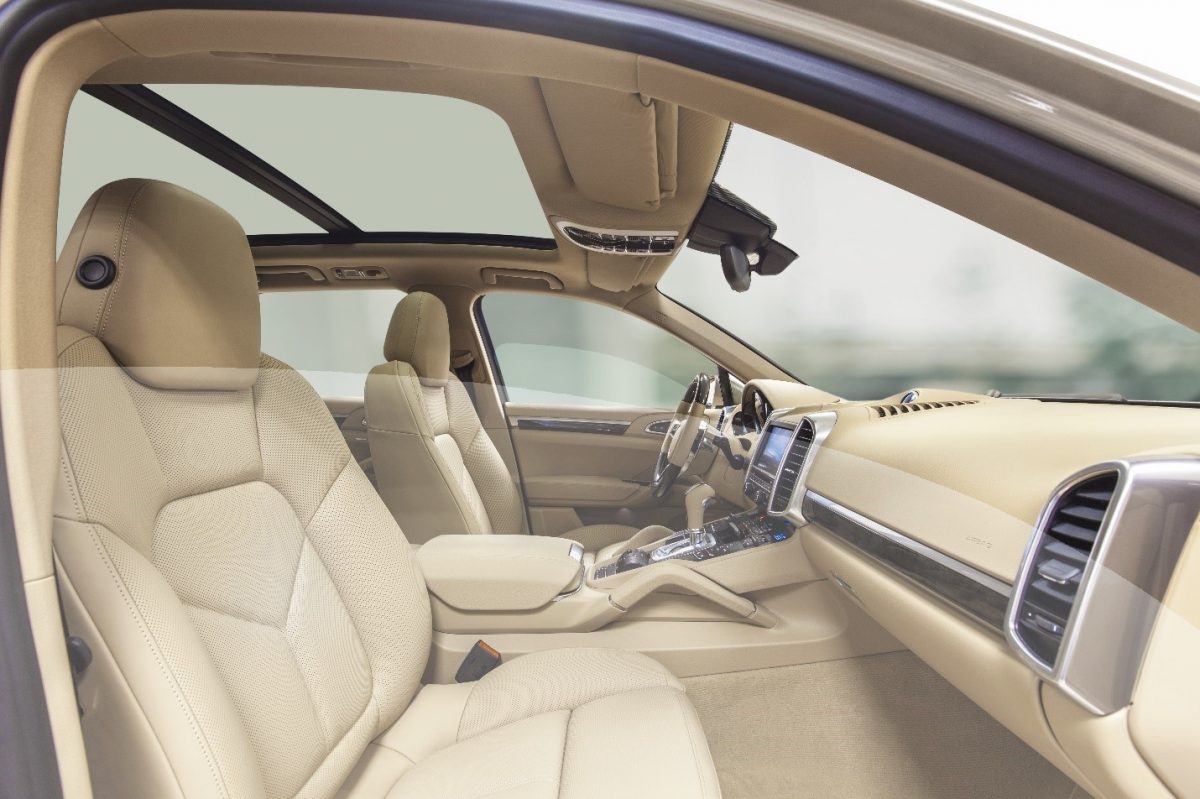Back-painted glass, which is also known as lacquered glass has become increasingly popular in recent years. Its versatile and sleek nature makes it a preferred choice in the modern architecture scene. However, its rapid popularity and glamorous appeal have led to many misconceptions and myths surrounding this stylish material.
Let’s explore some of the common misconceptions about back-painted glasses.
What is Back-Painted Glass?
Back-painted glass is glass used predominantly for decoration. Its back or one side is painted. Manufactured from annealed and tempered glass, it has a glossy finish that enhances the beauty of your house. The painted side of the glass is faced inside the room to add to its aesthetics.
Back-painted glass can be attached to horizontal and vertical surfaces and is available in different sizes and thicknesses.
Common Misconceptions with Back-Painted Glass
Some common misconceptions about back-painted glass include:
1. Fragile and Breaks Easily
A very common misconception about back-painted glasses is that they are fragile and can break easily. Because the glass looks really aesthetic after being painted, it is often considered dainty. However, this is not true. Back-painted glass is painted on tempered glass, which is five times stronger than the regular glass, making it more durable. Hence, these glasses are ideal for kitchens, common spaces, offices and more.
The paint also doesn’t weaken the glass. It rather enhances the aesthetics of the glass without compromising on its strength and durability. If installed properly, lacquered glass surfaces can withstand impacts such as heat and daily wear and tear.
2. Comes In Limited Colours
Another misconception is that back-coloured glasses come in only a few colours. In reality, they can be made in several colours and any appropriate design. Whether you want bold or pastel colours, the options are endless.
Many manufacturers also custom-make them, allowing you to create one yourself. From natural tones to vibrant hues, they can be tailored to any style or space.
3. Difficult to Maintain
Another major misconception of back-painted glass is that it is difficult to maintain. In reality, it is the easiest to clean. Its smooth surface prevents the accumulation of dirt particles and moisture.
To keep it clean, you need only a soft cloth and a gentle glass cleaner. Unlike textured glasses or glasses with gout lines, they do not trap dust or stains, making them a good choice for commercial spaces and kitchens where hygiene and aesthetics are equally important.
4. Can not handle the heat
Because people mostly consider back-painted glass dainty, they expect it to not withstand heat. However, when manufactured using tempered glass, it can handle a lot of heat exposure without cracking and discolouration.
This makes it an excellent choice for kitchens, stovetops, ovens and other heat-resistant surfaces. Its smooth, heat-resistant surface ensures longevity and safety in high-temperature zones.
5. Too Expensive
Another common misconception about back-painted glasses is that they are very expensive. While this is a premium glass model, its durability, versatility and look make it very affordable.
Compared to other interior decorative materials such as tiles, marble, stone, wood and more, it offers a longer life span and provides unmatched visual impact. It can instantly spruce up a space and is hence worth the price.
Back-painted glass also eliminates the need for additional finishing, sealing, or grouting, thereby reducing long-term expenses.
6. Fades Over Time
Some people believe that the colour of the glass fades over time. In reality, the back-painted glass is made of high-quality material, using UV-resistant paints and advanced techniques to ensure longevity and vibrancy.
When installed, the painted side is inside the house and protected, maintaining the colour and shine for years to come. For outdoor applications, UV-resistant options are available to protect against sunlight exposure.
Conclusion
Back-painted glass is elegant, practical and versatile and offers multiple possibilities to craft beautiful designs out of the same. Get past these myths and you will be able to decorate the interiors of your space with beautiful aesthetic colours.
The glass is not only durable but also cost-effective and retains its shine for years to come. Whether you are looking to decorate your kitchen or create an office partition, AIS Glass provides back-painted glass that can lift your space on a budget, giving it a touch of sophistication and grace.




